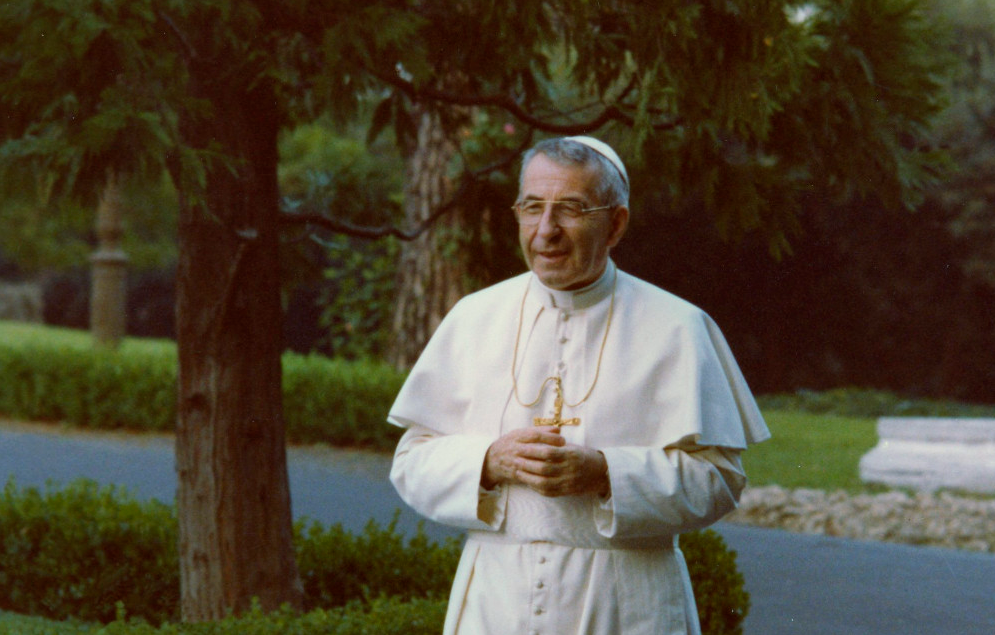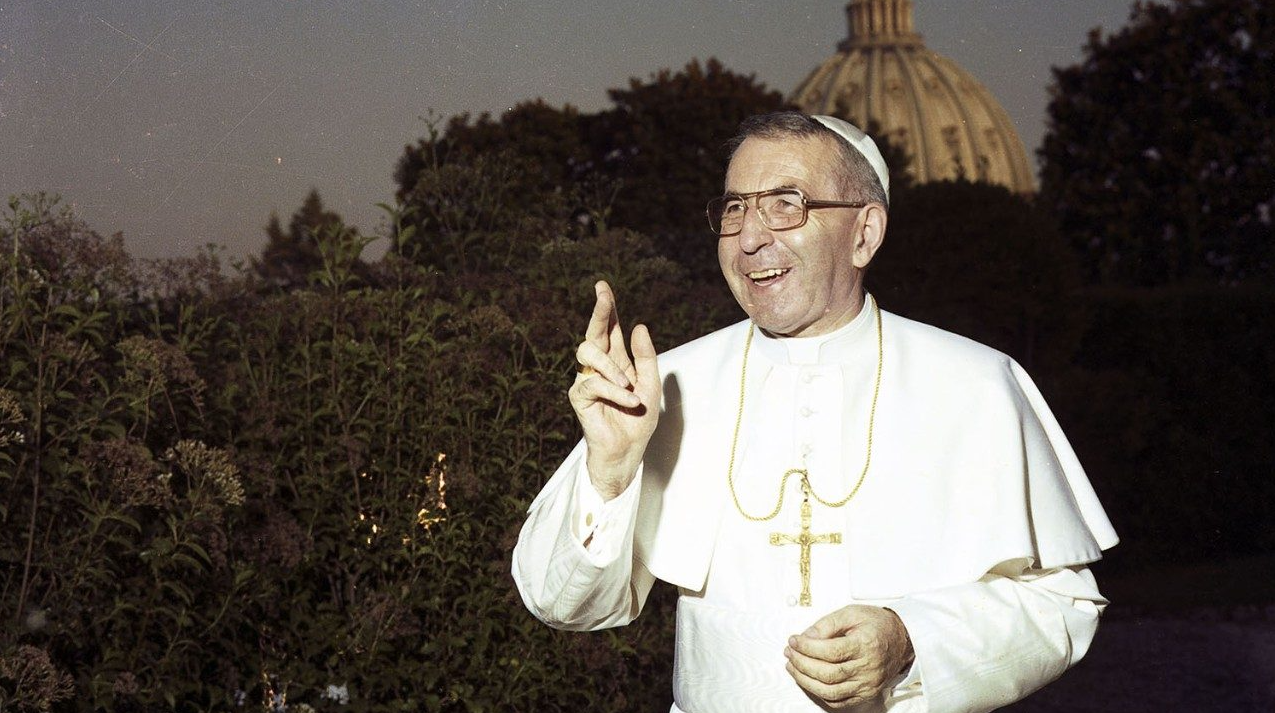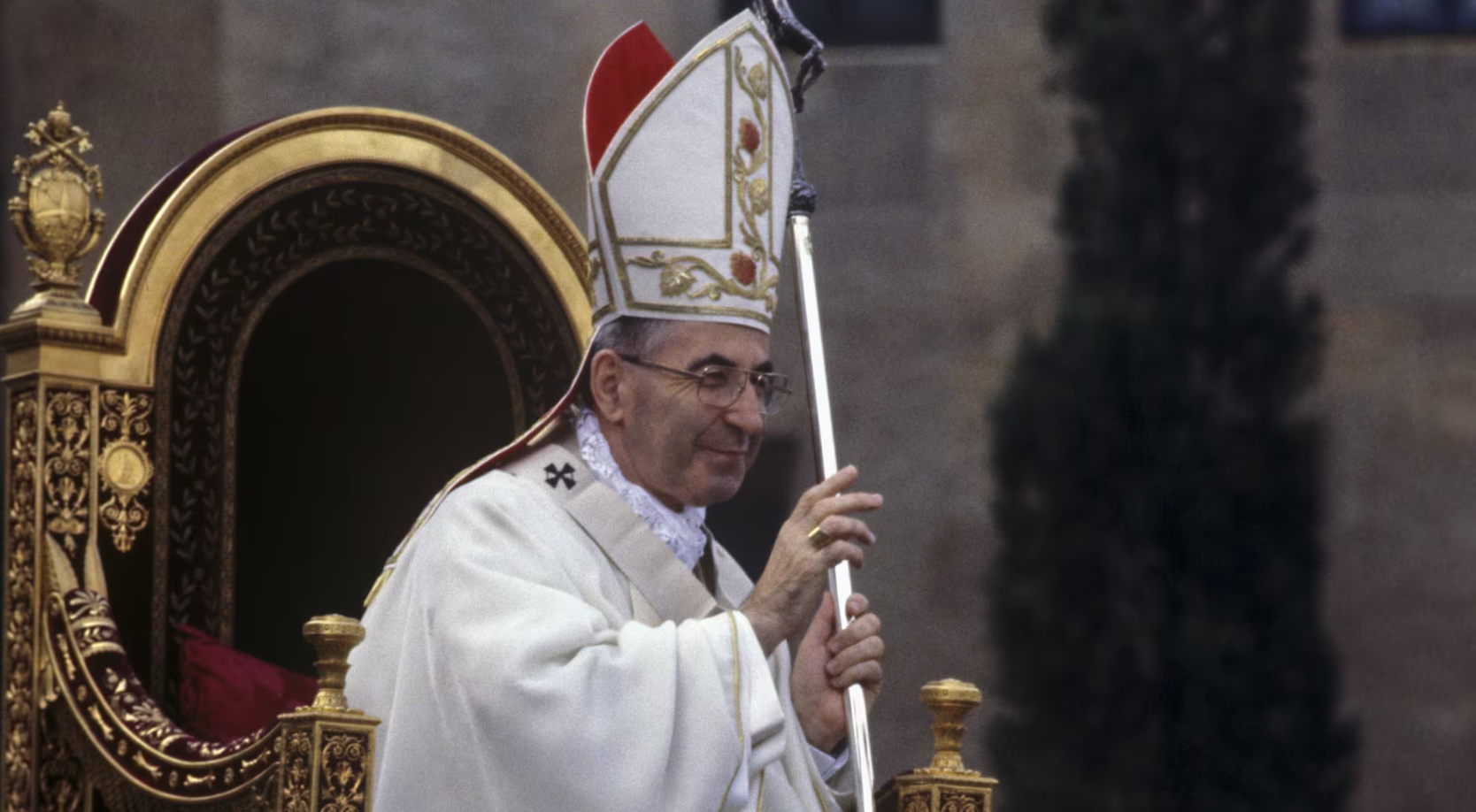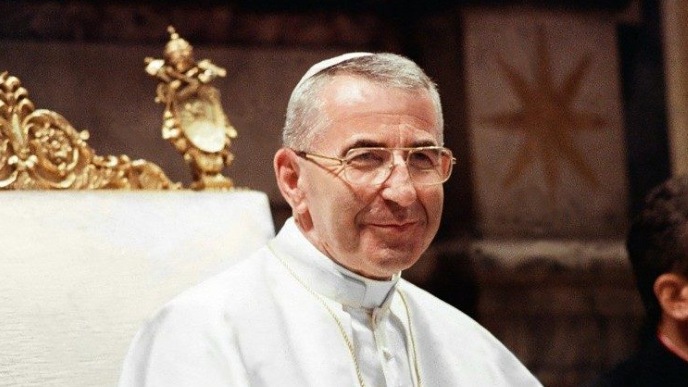Hey there, readers! If you’re diving into the fascinating world of papal history, you’ve landed on the right page. Pope John Paul I, born Albino Luciani, was a unique figure in the Catholic Church, serving as pope for just 33 days in 1978. Despite his short time in office, Pope John Paul left a lasting impression with his humility and kindness. Here at Listandwiki, we’re excited to share his story with you, blending facts and insights to give you a full picture of this remarkable man. Let’s explore the life, career, and legacy of Pope John Paul I together!

🕊️Early Life of Pope John Paul I
Pope John Paul I started life as Albino Luciani, born on October 17, 1912, in a little town called Forno di Canale (now Canale d’Agordo) in northern Italy’s Dolomite Alps. His dad, Giovanni Luciani, was a bricklayer with a socialist streak, while his mom, Bortola Tancon, was a deeply religious Catholic who shaped young Albino’s faith. Growing up in a poor family as the eldest of four kids, he faced plenty of challenges, but his love for the Church shone through early on—he even played “mass” with his siblings!
At age 10, Luciani joined the minor seminary in Feltre, kicking off his journey toward the priesthood. He later studied at the Gregorian Seminary in Belluno, where he stood out as a bright student. By July 7, 1935, at just 22, he was ordained a priest and said his first mass back home. After that, he worked as a curate in his hometown and nearby Agordo, then took on a teaching role as vice-rector at the Belluno seminary in 1937. There, he taught subjects like theology and art history, winning people over with his clear, down-to-earth style.
In 1947, Luciani earned a doctorate in theology from the Pontifical Gregorian University in Rome. His thesis? A deep dive into the works of Antonio Rosmini, an Italian thinker. This showed off his brainpower and his knack for blending faith with reason—qualities that would define Pope John Paul I’s future.
⛪Ecclesiastical Career
Pope John Paul I’s climb through the Church was steady and inspiring. In 1958, Pope John XXIII named him Bishop of Vittorio Veneto, a role where he really connected with everyday people. Known for his humility, he’d often ditch fancy transport to walk or bike to parishes, chatting with locals along the way. He was also a big supporter of the Second Vatican Council (1962-1965), pushing for reforms that made the Church more open and welcoming.
Then, in 1969, Pope Paul VI tapped him as Patriarch of Venice, one of Italy’s top Church jobs. He became a cardinal in 1973, cementing his influence. As Patriarch, Pope John Paul I kept his focus on the little guy—speaking up for the poor and workers, and building bridges with other Christian groups. He also wrote a cool series of letters called Illustrissimi, where he “chatted” with figures like Dickens and St. Luke, sharing wisdom in a fun, relatable way. These letters later became a hit book!
👑The Election of Pope John Paul
Fast forward to August 1978: Pope Paul VI had passed away, and the cardinals gathered to pick a new pope. On August 26, after four ballots, they chose Cardinal Albino Luciani—surprising many, since he wasn’t a big name on the “pope-to-be” list. When he stepped up, he picked the name John Paul I, a first-ever double name in papal history, honoring John XXIII (who made him a bishop) and Paul VI (who made him a cardinal). Pope John Paul explained it simply: “I will be called John Paul the First.”
The world loved it! Pope John Paul I’s election brought a wave of excitement. His regular-guy roots and big smile—he was soon dubbed the “Smiling Pope”—made him an instant favorite. Here at Listandwiki, we think it’s pretty cool how someone so humble ended up leading the Church.

🔔Papacy of Pope John Paul I
Pope John Paul I hit the ground running, even though he only had 33 days as pope. Right off the bat, he ditched the old-school papal coronation for a simpler ceremony, showing he wanted a down-to-earth papacy. In his first speech, he said he hoped to bring “spiritual joy” to people—a promise he lived out with his warm, friendly vibe.
He had big ideas, too. Pope John Paul I wanted to keep the Second Vatican Council’s reforms rolling, focusing on teamwork among bishops and getting regular folks more involved in the Church. He even started looking into Vatican finances, hinting at changes to come. But sadly, on September 28, 1978, he passed away suddenly. The official word was a heart attack, though some folks have wondered about other possibilities over the years. Still, the Vatican stands by the natural cause story.
🙏Death and Legacy
When Pope John Paul I died, it hit hard. Thousands showed up for his funeral, and he was laid to rest in the Vatican Grottoes under St. Peter’s Basilica. His short time as pope didn’t stop people from seeing his holiness—calls for his sainthood started popping up fast. In 2003, the Church opened his beatification case, and by 2017, Pope Francis named him “Venerable,” a big step toward becoming a saint.
Pope John Paul I’s legacy? It’s all about simplicity and heart. He showed that even a brief moment in the spotlight can leave a mark if you lead with kindness. His story’s a gem we love sharing at Listandwiki—proof that the smallest chapters can be the most meaningful.
🖼️Teachings and Quotes
Even with just 33 days, Pope John Paul I shared some powerful thoughts. In a speech on September 10, 1978, he said, “God is our Father; even more, God is our Mother,” painting a picture of a loving, caring God. He also wrote, “The Church must be a place of mercy freely given,” pushing for a community where everyone feels at home.
His Illustrissimi letters are full of gems, too. In one to Charles Dickens, he noted, “The poor are the flesh of Christ”—a call to see Jesus in everyone. John Paul I’s words still resonate, reminding us why he’s so special.
✒️Impact on the Church
Pope John Paul I’s influence didn’t end with his death. His successor, Pope John Paul II, picked a similar name, nodding to his legacy. John Paul II called him “a meteor that briefly lit up the Church,” while Pope Francis has praised his simple, people-first style as a guide for today’s Church. It’s amazing how Pope John Paul I’s short reign keeps inspiring leaders and believers alike.

Want to dig deeper into Pope John Paul I’s story or check out other cool figures? Swing by Listandwiki! We’ve got tons of lists and wikis on history, faith, and more—perfect for curious minds like yours. Keep exploring with Listandwiki!
